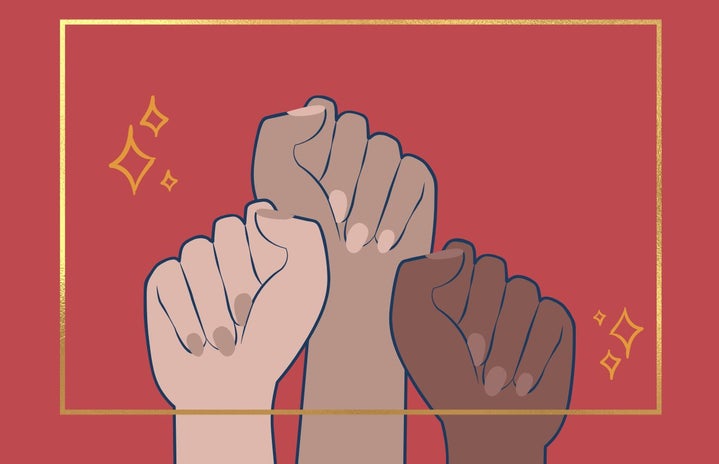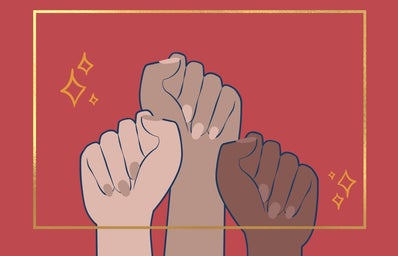Edited By: Lavanya Goswami
The term ‘intersectionality’ was coined by civil rights activist and professor Kimberlé Crenshaw and is officially defined as “the interconnected nature of social categorizations such as race, class, and gender as they apply to a given individual or group, regarded as creating overlapping and interdependent systems of discrimination or disadvantage.”
This essentially means that all inequalities aren’t created equal, and that there are forms of discrimination which overlap causing some individuals to suffer more than their peers. In the context of feminism, it means that the same struggles faced by say upper-class women belonging to a majority community are exacerbated when it comes to women belonging to less privileged groups.
Intersectional feminism aims to separate itself from radical and white feminism by acknowledging differences in women’s experiences and identities. While some struggles shared by women are universal, not all of them are—and it is this lesson that intersectionality wants to drive home.
Taking an example of the wage gap prevalent in the US: while it is true that women are paid less than men, Hispanic and Black women are paid even less than their white counterparts because of their marginalized status.
Intersectionality is necessary to acknowledge because it not only helps us gain awareness of the subjectivity in experiences of inequality, but also because it better informs our actions and opinions on feminist theory. Recognising that there is no one solution to problems faced by women, because not all women face the same problems, can permit us to be more vigilant of how we perceive the systems of inequality and the powers we are trying to change. It makes us more specific and targeted in the ways we go about the struggle.
Intersectionality isn’t something to just be paraded around and practiced in the Western World—In India, too there are minority groups that face more discrimination than individuals belonging to the majority, and it is further exacerbated by their identity as a women.
I bring this up in context of the recent Hijab Law that was passed. It is important to ask questions such as why this was seen as a threat to secularism, and why the ban is in line with the constitution but the simple practice of covering your head as an act of faith and respect is not. Of course, the official justifications given were factors like adherence to uniform and matters of discipline and nothing more, but it doesn’t take much to know that this issue goes further.
Women covering their head for religious purposes is not an alien phenomenon in India, even apart from the Islamic tradition, individuals practicing Sikhism and even Hinduism on many occasions do choose to cover their head for purposes of modesty or respect–especially women. This is done simply for the sake of reverence, or a show of faith and respect. It is, at the very least, questionable, that only when it comes to women, or individuals belonging to minority communities within India that a headscarf seems to pose a greater threat to secularism.
Despite Hijabs being something that is commonly adorned by many Muslim women, of various ages, as a symbol of their faith, respect and belief–many of them are being denied this freedom in various institutes of Karnataka. India hails religious freedom yet sees this as an act of religious propaganda, a symbol to forward the Islamic agenda.
Although this might seem like a religious issue on the surface, it is also a feminist one. How often are women at the brunt of acts like this? of laws and microaggressions? The answer is too often and too much to be ignored.
And this is why intersectionality is not only important but imperative. It is crucial to understand that not all women face the same problems and issues. Some problems faced by women all over, are further deepened due to religious and ethnic backgrounds. That Dalit women, and Muslim women face more oppression than the average Hindu women in India, a country where they are minorities.
When fighting for women’s issues and learning about them, when trying to understand all that ails women of all races, ethnicities and class, it is vital to employ the tenets of intersectional feminism. Everyone of us (women) is different, yet united by one thing that marks us out, but even in this segregation, there are further checkboxes, boxes that do not always benefit. It is up to the ones among us with privilege to raise the voices of the ones who have less of it.

